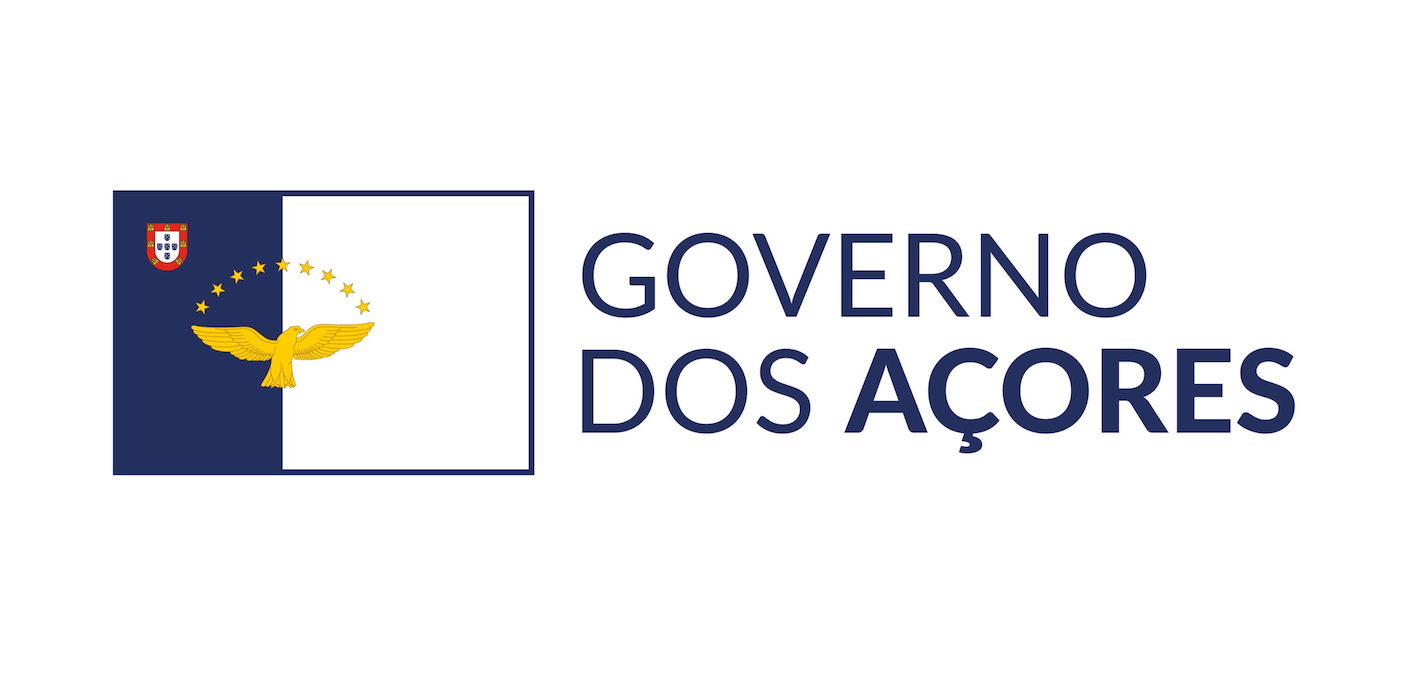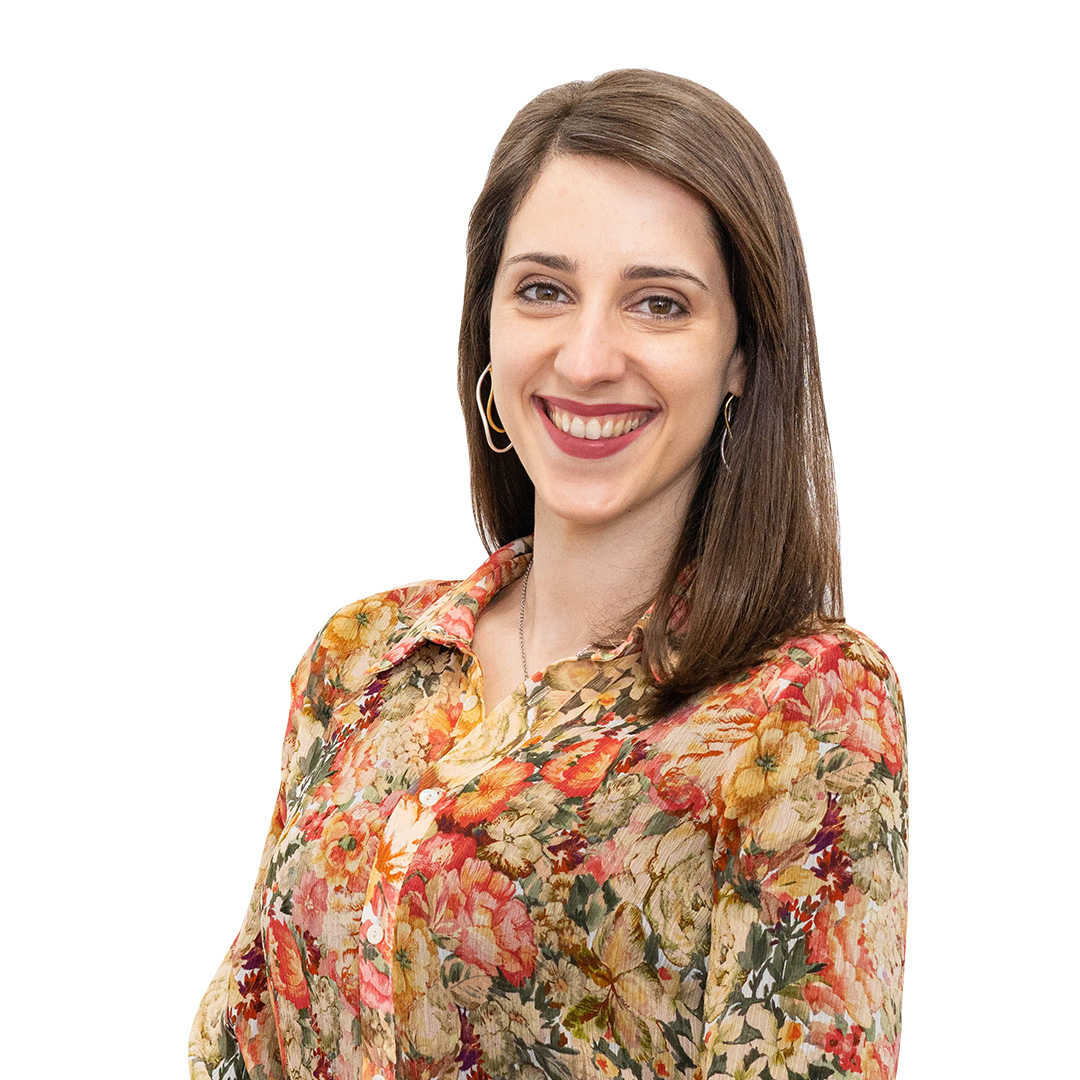
| Acronym: | M3.3.B/ORG.R.C./018/2023 |
| Cost Center: | 1170 |
| Operation Code: | M3.3.B/ORG.R.C./018/2023 |
| Title: | II Atlantic Conference - History, Culture and Heritage: the Body, Technology and Time |
| Start-End: | 20-04-2023 - 20-11-2023 |
| Entidade Beneficiária Principal: | Fundação Gaspar Frutuoso |
| Gestores da FGF: | Gonçalo Goulart, Paula Oliveira |
| Responsible Researcher: | Maria Leonor Sampaio Silva |
| Organic Units: | FCSH - Faculdade de Ciências Sociais e Humanas |
| R&D Units: | CHAM - Centro de História d' Aquém e d' Além Mar |
| Entidade | Montante |
|---|---|
| Direção Regional da Ciência e da Tecnologia (100.0 %) | 5.933,10 € |
Main Objectives:
This is a biannual CHAM-Azores event of great importance for the internationalization of the center and the region, as it creates and consolidates research networks, promotes the exchange of knowledge and brings incentives to the regional scientific system. in this edition, we propose to explore the theme entitled "Body, Technology and Time". The rationale for the choice is based on the current research carried out in the fields in question. Both in the arts and in the sciences, the contemporary world has witnessed a growing approximation between the body and technology. Writers such as Donna Haraway (The Cyborg Manifesto), artists such as Stelarc, whose work includes the use of various technological equipment integrated into the body itself, philosophers such as Don Ihde (Bodies in Technology), or scientists such as Ray Kurzweil (The Age of Intelligent Machines, 1990, and The Age of Spiritual Machines, 1999) explore in many areas of human ideas and action intersections that break down barriers between natural processes and scientific progress. The congress proposes to reflect on the relationships between the body, human development and technological advances over time. Knowing how life, both in biological and social terms, unfolds within a framework of constellations of interdependent influences, any change that occurs in an environment has repercussions on all others that are close to it. Thus, the human body must be understood in its extensions — the home, the school, the workplace, leisure spaces, the planet — and the repercussions of a change in one of the environments does not dispense with the analysis of its effects on the others. . In this sense, the thematic lines of the congress include proposals for multi and interdisciplinary studies, ranging from the natural environment to the various social, academic, scientific and artistic environments that make up, in its complexity, human life.
Project Description:
This is a biannual CHAM-Azores event of great importance for the internationalization of the center and the region, as it creates and consolidates research networks, promotes the exchange of knowledge and brings incentives to the regional scientific system. in this edition, we propose to explore the theme entitled "Body, Technology and Time". The rationale for the choice is based on the current research carried out in the fields in question. Both in the arts and in the sciences, the contemporary world has witnessed a growing approximation between the body and technology. Writers such as Donna Haraway (The Cyborg Manifesto), artists such as Stelarc, whose work includes the use of various technological equipment integrated into the body itself, philosophers such as Don Ihde (Bodies in Technology), or scientists such as Ray Kurzweil (The Age of Intelligent Machines, 1990, and The Age of Spiritual Machines, 1999) explore in many areas of human ideas and action intersections that break down barriers between natural processes and scientific progress. The congress proposes to reflect on the relationships between the body, human development and technological advances over time. Knowing how life, both in biological and social terms, unfolds within a framework of constellations of interdependent influences, any change that occurs in an environment has repercussions on all others that are close to it. Thus, the human body must be understood in its extensions — the home, the school, the workplace, leisure spaces, the planet — and the repercussions of a change in one of the environments does not dispense with the analysis of its effects on the others. . In this sense, the thematic lines of the congress include proposals for multi and interdisciplinary studies, ranging from the natural environment to the various social, academic, scientific and artistic environments that make up, in its complexity, human life.



